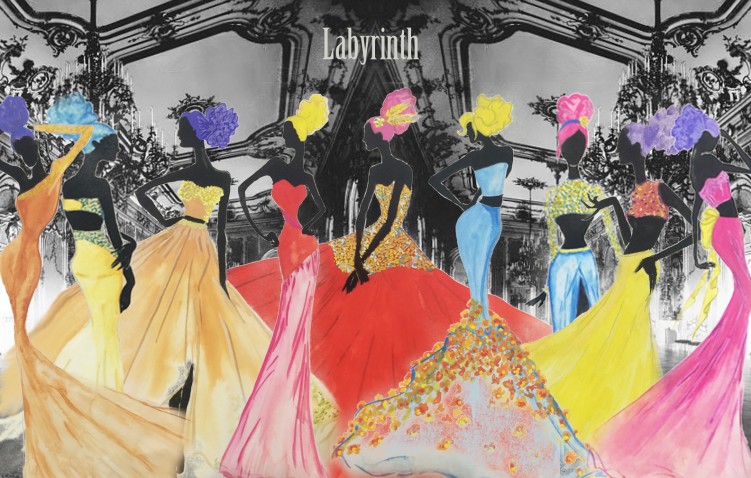Lanes of my David Crombie Park Labyrinth transformed into a fashion runway . . . ?
Lanes of my David Crombie Park Labyrinth transformed into a fashion runway . . . ? View this post on Instagram A post shared by Emily Stroppiana (@emily_stroppiana) View this post on Instagram A post shared by Emily Stroppiana (@emily_stroppiana)
Lanes of my David Crombie Park Labyrinth transformed into a fashion runway . . . ?
Overview of #Labyrinth. A Julien Hughes Collections. #fashion #toronto #yyz #JulienHughes #designs #designer #JulienHughesDesigns #dress #eveningwear #gowns #pretty #art #collection #blackandwhite #style #fashionsketches A photo posted by Julien hughes (@julien.hughes) on Jan 28, 2016 at 1:36am PST “In a world filled with anxiety and mistrust, rage and hatred allow for a sheath of despair to […]
“In a world filled with anxiety and mistrust, rage and hatred allow for a sheath of despair to cloud the mind.
This is a curse.
We often forget about the beauty in all things simple.
This is hope; Born from wishes.
When we are faced with obstacles it is like being trapped in our very own labyrinth. The feeling of not knowing where one is headed is a theme many can identify with. Confusion, panic, and fear are some of the emotions one may feel while trying to find ones way. The solution to the maze, as well as in life is patience, hope and a clear mind. Practice these things and the path becomes visible.”
Zack 990 by Joshua Weinberg and Mignolo § Powered by WordPress
